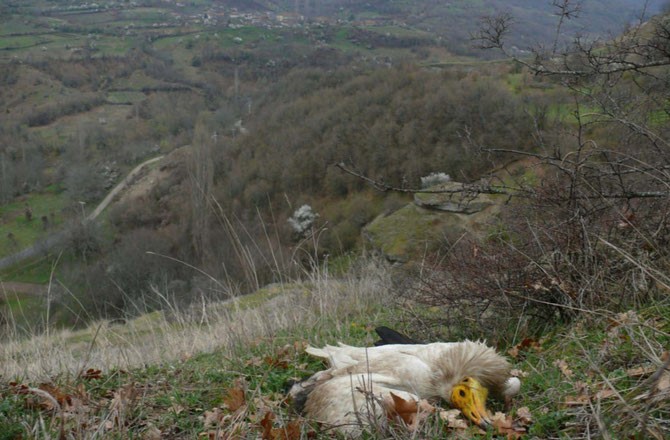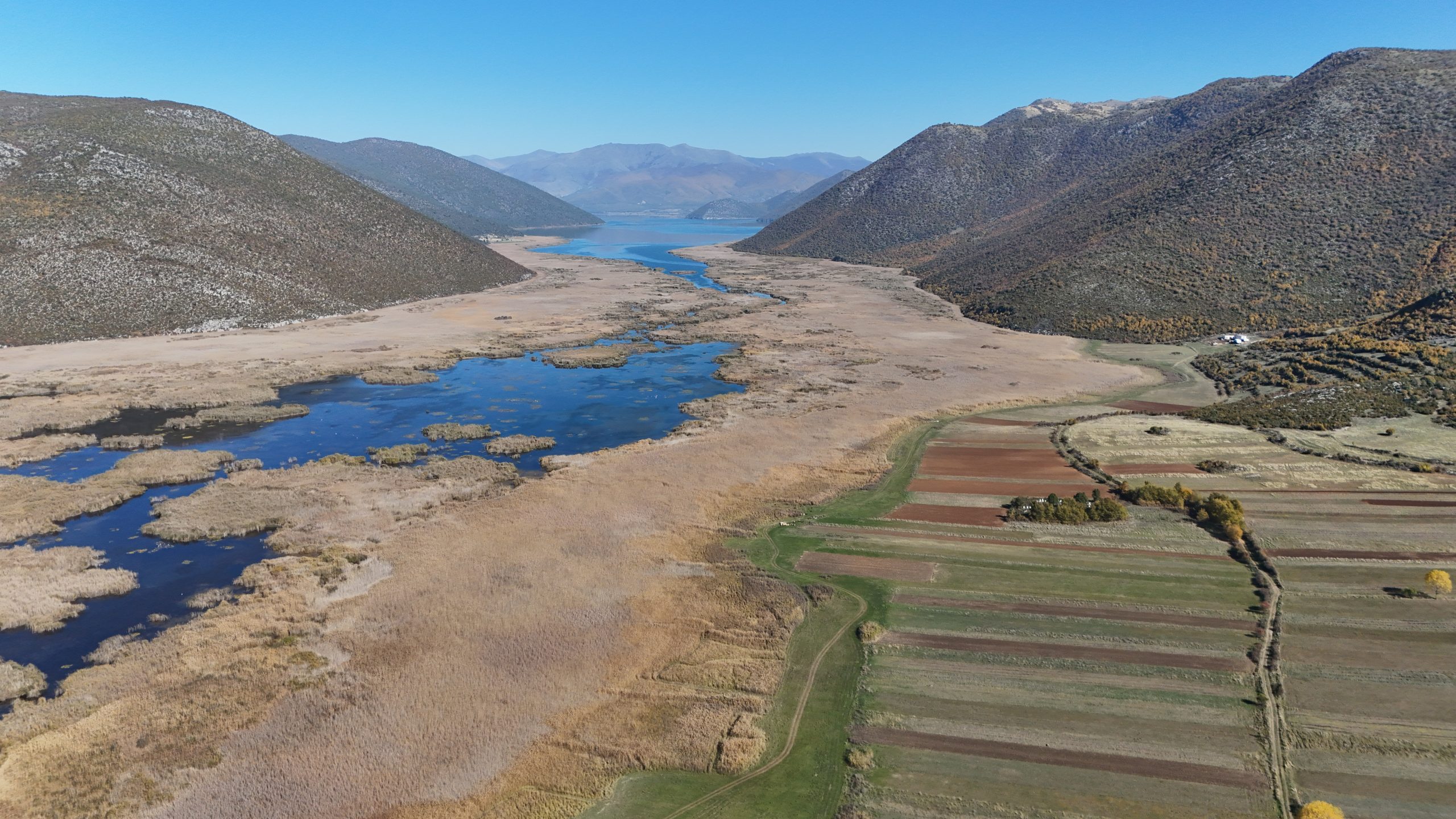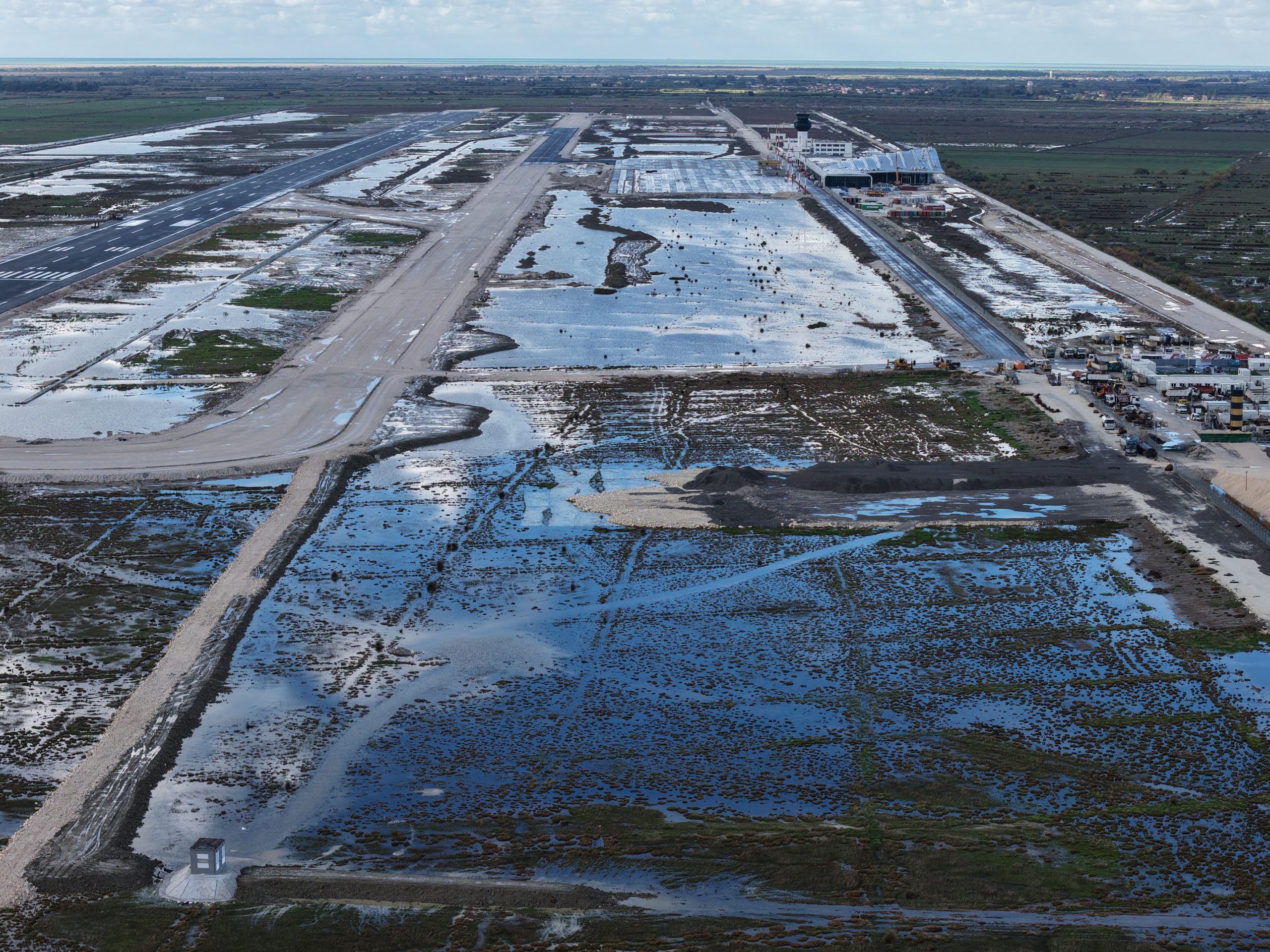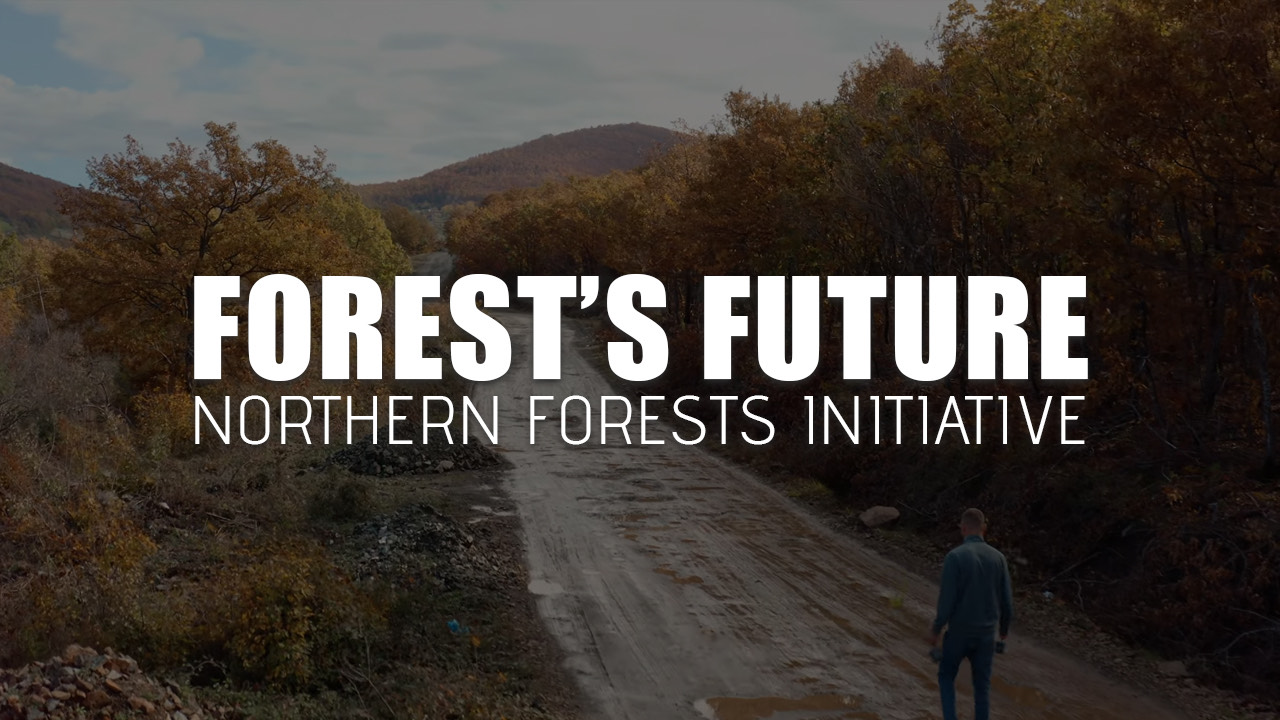


Media release
- A new study warns that Egyptian vultures face a variety of threats along their 5000 km journey from Europe to Africa
- These migratory vultures are shot, poisoned and electrocuted in many countries across three continents but the main cause of death differs greatly between countries
- Europe’s only globally threatened vulture, their population has declined by 50% since the 1990s
Egyptian vultures travelling thousands of miles on their migratory journey are facing too many dangers, warns a new study. Travelling through >40 countries, birds are shot, poisoned and electrocuted, and whilst no single threat can be attributed to their decline, each country adds an additional pressure.
The results of this work, published today in the journal
Biological Conservation, state that as endangered Egyptian vultures are continuing to decline, governments and conservation organisations must collaborate to address different threats with different priority in each country rather than focussing on a single problem or area.
The authors investigated the fates of Egyptian vultures by satellite tracking 71 birds, surveying 4216 km of powerlines to detect carcasses, conducting 910 interviews to quantify poison use, and surveying markets and hunters to assess direct persecution in thirteen countries along the flyway. Mortality of 50 birds occurred in Europe and the Mediterranean Sea (44%), the Middle East (18%), and Africa (38%), and causes varied geographically.
Inadvertent poisoning resulting from rural stakeholders targeting predators occurred along most of the flyway. On the breeding grounds in eastern Europe and in Saudi-Arabia, poisoning and collision and electrocution are the priority threats to mitigate. Electrocution on small and poorly designed electricity pylons was the priority threat in Turkey, Jordan, Egypt and Ethiopia. Direct persecution for belief-based use of vulture products was the priority threat in Nigeria and Niger, while other illegal killing was the main threat in Lebanon and Syria.
Steffen Oppel, RSPB’s Senior Conservation Scientist and lead author of the study said: “The greatest difficulty in saving migratory species is to understand where conservation efforts make the greatest difference: is it more effective to safeguard birds on breeding grounds, or in winter? For Egyptian Vultures – and probably many other species – we clearly need to work across a very large spatial scale.”
Egyptian Vultures migrate around 5000 km twice a year between breeding and wintering regions. One distinct flyway, used by hundreds of thousands of storks, raptors, and Egyptian Vultures takes the birds around the Aegean Sea, the Mediterranean Sea, and the Red Sea to wintering areas in Africa. However this 5000 km journey is hazardous at the best of times, and many human obstacles exist that cost some vultures their life. Egyptian vultures have declined by >50% since the 1990s and the annual migration poses significant risks with over 50% of young birds not surviving during their first travels to their overwintering grounds.
Many migratory species are threatened, and their conservation is often tricky, because it requires the collaboration of many countries. However there are solutions. Some of the threats could be easily fixed, others are more complex, but solutions exist nonetheless.
Stoyan Nikolov, Bulgarian Society for the Protection of Birds and Manager of a LIFE project saving Egyptian Vultures: “Our project has made fantastic advances to save an iconic species along the flyway, but even our large international team cannot keep up with the speed at which threats develop: we can only insulate hundreds of poorly designed power poles, but in the same time thousands more are being built all over Africa and the Middle East. We need governments and international investors to stop adding more threats.”
Poorly designed power infrastructure can be retrofitted to be safer for birds, or governments and international funding agencies could invest in safer designs in the first place. Direct persecution and the use of poison baits are already illegal in many countries, but these laws are often not enforced.
Governments must invest in protection and compensation schemes that reduce stakeholder’s incentive to use poison baits and work has started to collaborate with traditional medical practitioners to promote sustainable alternatives to vulture products in belief-based uses. Unless concerted action is taken along the entire flyway to reduce threats and prevent Egyptian Vultures from being killed by humans, the population will likely decline further.
ENDS
This research was undertaken in the framework of the LIFE projects “The Return of the Neophron” (LIFE10 NAT/BG/000152) and “Egyptian Vulture New LIFE” (LIFE16 NAT/BG/000874, www.LifeNeophron.eu) funded by the European Union and co-funded by the A. G. Leventis Foundation and the BirdLife GEF/UNDP Migratory Soaring Birds project.
The work was carried out by the RSPB’s Centre for Conservation Science, Birdlife International, the Bulgarian Society for the Protection of Birds, and partner organisations in 13 countries.
Photographs:
Images are available from the Dropbox folder
here.
For further information and to arrange an interview, please contact:
Vanessa Amaral-Rogers,
[email protected]. 07506 144901
Paper citation
The full article is available
here.
Oppel, S., Arkumarev, V., Dobrev, V., Bakari, S., Saravia, V., Adefolu, S., Aktay Sözüer, L., Arslan, Ş., Barshep, Y., Bino, T., Bounas, A., Çetin, T., Dayyoub, M., Dobrev, D., Duro, K., El-Moghrabi, L., Endris, A., ElSafoury, H., Asswad, N.G., Harry, J.H., Ivande, S.T., Jbour, S., Kapsalis, E., Kret, E., Mahamued, B.A., Manu, S.A., Mengistu, S., Moussa Zabeirou, A.R., Muhammad, S.I., Nakev, S., Ngari, A., Onoja, J., Osta, M., Özuslu, S., Petrovski, N., Popgeorgiev, G., Pourchier, C., Qaneer, T., Ruffo, A., Shobrak, M., Sidiropoulos, L., Skartsi, T., Sözüer, Ö., Stara, K., Tesfaye, M., Topi, M., Vavylis, D., Velevski, M., Vorpsi, Z., Wondafrash, M., Xeka, E., Yordanov, E., Yeniyurt, C., Nikolov, S.C., 2021. Major threats to a migratory raptor vary geographically along the eastern Mediterranean flyway Biol. Conserv. in press.
Editor’s notes:
- The RSPB is the UK’s largest nature conservation charity, inspiring everyone to give nature a home. Together with our partners, we protect threatened birds and wildlife so our towns, coast and countryside will teem with life once again. We play a leading role in BirdLife International, a worldwide partnership of nature conservation organisations.
Yhe Royal Society for the Protection of Birds
The Lodge, Sandy, Beds SG19 2DL
Press office telephone: 01767 681577







